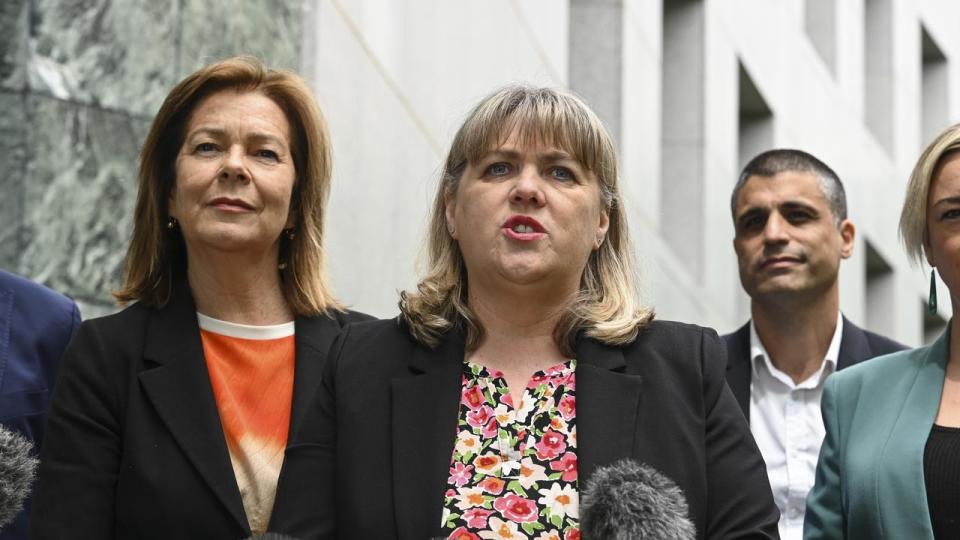Big call on public school funding

Federal, state and territory education ministers has vowed to fix chronic funding shortfalls in public schools, but who will share the cost of closing a funding gap worth an estimated $6.6bn a year is still yet to be determined.
Ministers began negotiations for the next National Schools Reform Agreement (NRSA) on Monday in Sydney.
The agreement, due to be finalised next year, will tie taxpayer funding to improved educational outcomes over the next five years. The current NRSA is due to expire next year.
Unions have been calling for the federal government to commit to closing funding gaps, and deliver full support according to the Schooling Resourcing Standard (SRS).
The standard, established following recommendations from the 2011 Review of Funding for Schooling led by David Gonski, provides an estimate of the public funding required for a school to meet its student’s educational needs.

Currently, the standard’s funding equates to $13,060 for primary students and $16,413 for secondary students.
A major review into changes needed to progress the NRSA, released and considered by ministers on Monday, found that full funding according to the SRS was essential.
“The Panel was clear in the Report that full funding to 100 per cent of the SRS is a critical prerequisite for successful education reform and student learning and wellbeing improvement across the country,” the review stated.
“All jurisdictions should fully fund schools within a comparable timeframe.”
98 per cent of schools are currently funded below the SRS. According to research published by the Australia Institute, funding according to the SRS would cost taxpayers an additional $6.6bn a year.
Speaking after the meeting, Education Minister Jason Clare said Australia’s funding and education gaps needed to be fixed, but did not say who would meet funding shortfalls.
“At the moment, most public school aren’t fully funded and children from poor families and regional Australia are three times more likely to fall behind at school,” Mr Clare said.
“We’ve got a good education system, but it can a lot better and a lot fairer.”
Australian Education Union president Correna Haythorpe said the review had showed the urgent need for full funding in the “strongest possible terms” and it was now up to the federal government to work with the states and territories to enact its recommendations.
“New school funding agreements were delayed 12 months so that the panel could conduct a review,” Ms Haythorpe said.
“Now it has made unequivocal recommendations about the critical need for full funding of public schools so there can be no excuse for further inaction and delay by governments.”

Existing legislation restricts the federal government’s contribution to 20 per cent of SRS funding, with state and territory governments to pay the rest for the schools they operate.
The federal government contributes 80 per cent of the SRS to private schools, which rely on tuition fees.
A recent independent report commissioned by the AEU found that chronic underfunding of public schools in every state and territory was on track to worsen over the next five years.
It found nationally private schools were overfunded to the tune of over $800m in 2023, while public schools were hit with a shortfall of $4.5bn this year.
The union has asked the government to lift contributions from 20 to 25 per cent of the SRS for all states and lift it to 40 per cent for the NT where student disadvantage is the worst.


